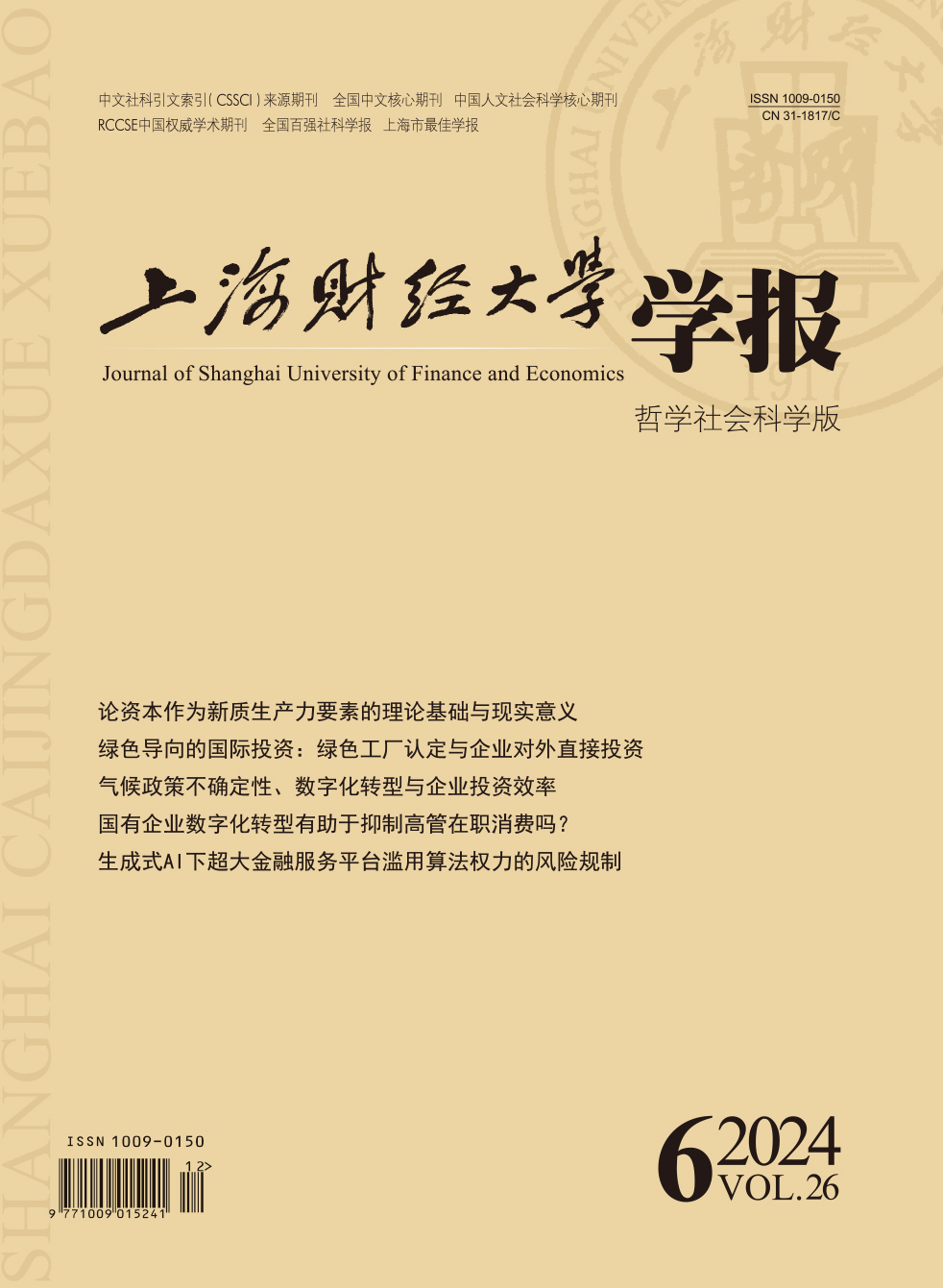The damage caused by patent malicious litigation can be reflected not only as infringement damage but also as damage to the competition order. Compared with the regulation of Tort liability law, the superiority of the Antitrust law patent regulation can reflect the openness of plaintiff’s litigation subject qualification and the punitiveness of the liability, so the regulation of the Antitrust law patent is an important part in constructing the legal regulation system of patent malicious litigation. Based on the investigation of the American experience, we can find that the regulation of the Antitrust law for patent malicious litigation seeks to balance the protection of the party’s lawsuit rights and the maintenance of fair competition order, and the construction of the regulatory framework of the Antitrust law for patent malicious litigation includes two aspects: first, put the manifestation of patent malicious litigation into the normative perspective of the Antitrust law to select and divide, to establish the normative types of the Antitrust law and the identification method of patent malicious litigation; second, considering the " special factors” of patent malicious litigation, establish the prohibitive rules of the Antitrust law for patent malicious litigation. In the future, China’s construction of the regulatory framework of the Antitrust Law for patent malicious litigation should learn from US judicial precedent, combined with China’s existing legislative framework and judicial experience. Firstly, we should bring fraudulent litigation and baseless litigation into the normative types of Antitrust law, and establish judgment requirements and methods. Secondly, under the basic framework of the existing Antitrust law, based on the general ideas and methods of prohibiting abuse of market dominance, we should establish the prohibition rule of the Antitrust law for patent malicious litigation. Specifically, at the level of the definition of the relevant market, it should be flexibly grasped. It is not necessary to define the relevant market if the market power of the patent malicious litigation or the competitive influence of the controlled monopolistic behavior can be directly judged by the direct evidence of litigant exclude competition, and the technical market and the innovative market for patented technologies should be comprehensively analyzed if the relevant market needs to be defined, in addition to considering the relevant product market and geographical market for products or services provided by patent malicious litigants. At the level of the identification of market dominance, based on the dynamic nature of the patentee’s market dominance and the poor market substitution of patented products, the traditional thinking of market share theory is broken, and the ability of market share control should be mainly investigated. Specifically, we should firstly examine the " legal status” of the patent rights claimed by the patent malicious litigant; secondly, we cannot be limited by the actual market competition, but should also consider the overall market competition environment, incorporating potential market competition into the analysis and judgment of market dominance. At the level of the analysis of competitive damage, it is necessary to follow the principle of case analysis. In many cases, economic methods such as demand function analysis and unilateral effect evaluation should be introduced and utilized.
 / Journals / Journal of Shanghai University of Finance and Economics
/ Journals / Journal of Shanghai University of Finance and EconomicsJournal of Shanghai University of Finance and Economics
LiuYuanchun, Editor-in-Chief
ZhengChunrong, Vice Executive Editor-in-Chief
GuoChanglin YanJinqiang WangWenbin WuWenfang, Vice Editor-in-Chief
The Regulation Framework of Antitrust Law on Patent Malicious Litigation
Journal of Shanghai University of Finance and Economics Vol. 21, Issue 03, pp. 107 - 121 (2019) DOI:10.16538/j.cnki.jsufe.2019.03.008
Summary
References
Summary
Cite this article
Nie Xin. The Regulation Framework of Antitrust Law on Patent Malicious Litigation[J]. Journal of Shanghai University of Finance and Economics, 2019, 21(3): 107-121.
Export Citations as:
For
ISSUE COVER
RELATED ARTICLES




 5440
5440  7530
7530

